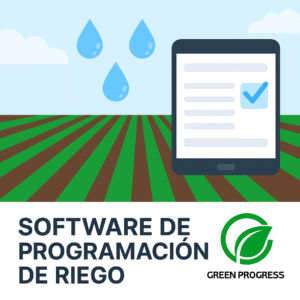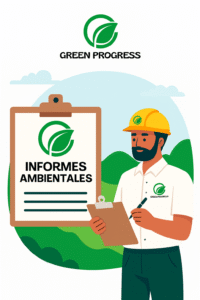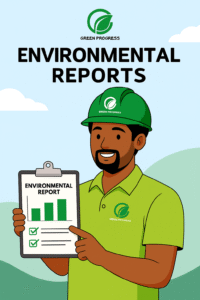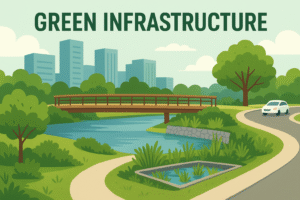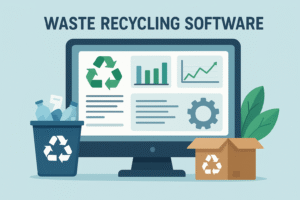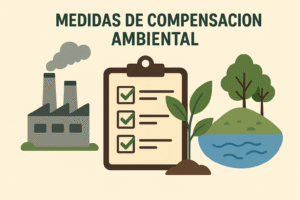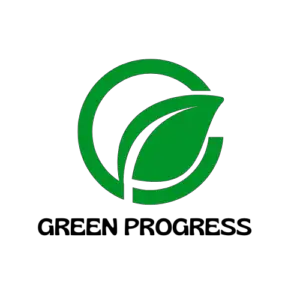What Is Irrigation Scheduling and Why It Matters
Irrigation scheduling is the process of deciding when and how much water to apply to crops to maximize yield while conserving resources. The goal is to deliver the exact amount of water plants need no more, no less based on factors like soil moisture, evapotranspiration (ET), and crop growth stage.
Without proper scheduling, water is often wasted, energy costs rise, and crops may suffer from stress or disease. Software tools now make it easier than ever to automate and optimize this process
How Irrigation Scheduling Software Works
Modern irrigation scheduling software combines sensor data, weather forecasts, and crop models to recommend or automatically trigger irrigation events.
These systems collect:
- Soil moisture readings from sensors
- Weather station data (temperature, humidity, rainfall, solar radiation)
- Evapotranspiration (ET) calculations
- Crop coefficients and growth stages
By processing these inputs through machine learning or predictive models, the software calculates the ideal irrigation schedule to maintain soil moisture within optimal levels.
Key Components of a Smart Irrigation Scheduling System
- IoT field sensors: measure soil moisture, salinity, and temperature in real time.
- Weather integration: automatically adjusts irrigation based on rainfall forecasts.
- Cloud dashboards: provide visual analytics and historical trends.
- Mobile access: farmers can control irrigation remotely from smartphones.
- Decision algorithms: calculate irrigation timing based on ET and soil balance.
Data Sources and Technologies Used
- Field based sensors (soil moisture probes, tensiometers)
- Satellite and drone imagery (NDVI for plant stress detection)
- Weather APIs for localized forecasting
- Remote sensing models (e.g., METRIC, SEBAL)
- Farm management platforms for integration
Environmental Benefits of Using Irrigation Scheduling Software
- Reduced water waste: Precision irrigation can lower water use by 20–40%.
- Lower energy consumption: Pumps operate only when needed.
- Improved soil health: Prevents nutrient leaching and erosion.
- Sustainability: Supports global water conservation and climate goals.
Economic and Practical Benefits for Farmers
- Higher yields: Crops receive optimal hydration throughout their cycle.
- Reduced costs: Less water, less fuel, and lower labor expenses.
- Better planning: Data driven decisions improve harvest predictability.
- Scalability: Software adapts to any farm size from small plots to large commercial operations.
How to Choose the Best Irrigation Scheduling Software
When selecting an irrigation scheduling tool, consider:
- Compatibility: with existing sensors and irrigation systems.
- Data input flexibility: ability to import ET, rainfall, or soil data.
- Ease of use: intuitive dashboards and mobile accessibility.
- Support and updates: regular maintenance and new feature rollouts.
- Pricing model: subscription vs. one time purchase.
Top 10 Most Popular Irrigation Scheduling Tools in 2025
| Rank | Software / Platform | Key Features | Pricing Model | Best For |
|---|---|---|---|---|
| 1 | Valley Scheduling | Cloud based; integrates soil, weather, and satellite data | Subscription | Large scale farms |
| 2 | IrriWatch | Remote sensing via satellites; AI based ET data | Subscription | Research, precision farms |
| 3 | CropX | Combines soil sensors with data analytics | Subscription | Row crops and vineyards |
| 4 | NetBeat by Netafim | Full automation and irrigation control | Hardware + Subscription | Drip irrigation systems |
| 5 | FieldNET Advisor | Real time irrigation insights | Subscription | Pivot irrigation |
| 6 | AquaCrop (FAO) | Scientific model for crop water response | Free | Educational and research use |
| 7 | AgriMet Tools | USDA weather based ET models | Free | Public and institutional users |
| 8 | SmartIrrigation App (UF) | Mobilebased scheduling by crop type | Free | Small and medium farms |
| 9 | OpenET | Satellite ET data for western U.S. states | Free | Government and analytics |
| 10 | IrriMAX Live | Soil moisture monitoring with data logging | Subscription | Experimental and pilot projects |
Applications Across Agricultural Sectors
Field Crops
Used to manage water for corn, wheat, cotton, and other high water demand crops.
Orchards and Vineyards
Scheduling based on soil depth sensors helps optimize fruit size and quality.
Greenhouses and Nurseries
Automation ensures consistent humidity and substrate moisture.
Urban Landscaping
Used by municipalities and golf courses for efficient irrigation of green spaces.
Step by Step: Setting Up an Irrigation Schedule
- Collect soil and crop data.
- Set up sensors and data loggers.
- Input weather and ET parameters.
- Define irrigation zones and thresholds.
- Review software recommendations and adjust manually as needed.
- Monitor and fine tune weekly.
Evaluating System Accuracy and Performance
Check for:
- Correlation between software recommendations and actual soil moisture.
- Regular calibration of sensors.
- Continuous feedback loops for adaptive learning.
Challenges and Limitations
- High initial setup costs.
- Internet dependency in remote areas.
- Data calibration complexity.
- Learning curve for new users.
Future Trends: AI, IoT, and Climate Smart Irrigation
Next generation irrigation software will use:
- AI and machine learning to predict irrigation needs.
- IoT integration with drones and autonomous systems.
- Climate smart algorithms that adapt to drought and extreme events.
- Blockchain data verification for traceability in sustainable agriculture.
FAQs
1. What is the main advantage of irrigation scheduling software?
It automates water management, improving efficiency and yield while conserving resources.
2. Are there free tools available?
Yes AquaCrop, AgriMet, and SmartIrrigation App are free, research backed tools.
3. Can it integrate with my existing irrigation system?
Most modern tools offer API or sensor compatibility with existing systems.
4. How accurate are ET based scheduling models?
ET based models are highly reliable when calibrated for local conditions and crop type.
